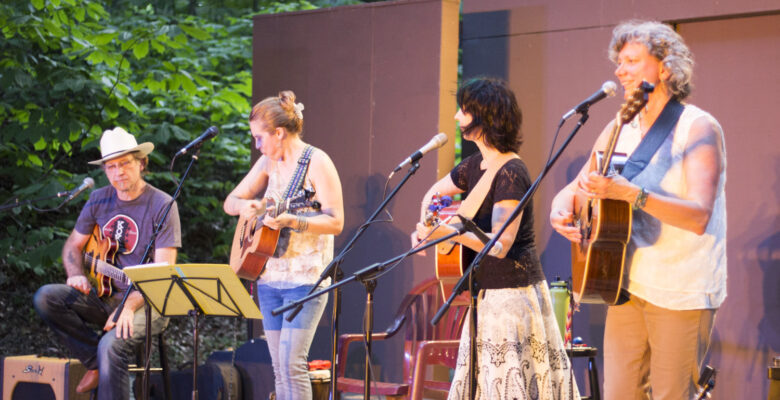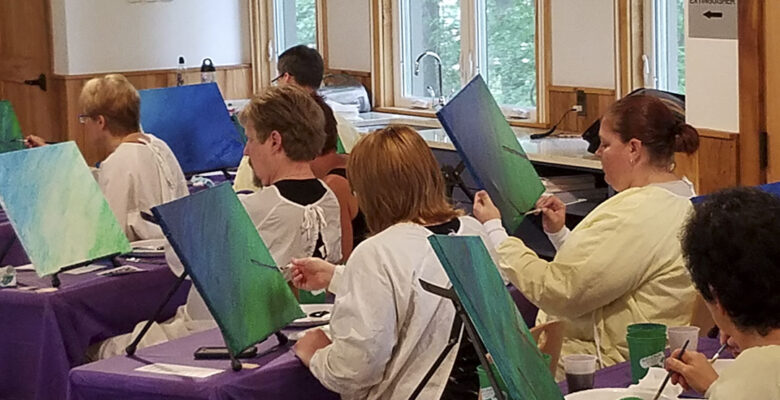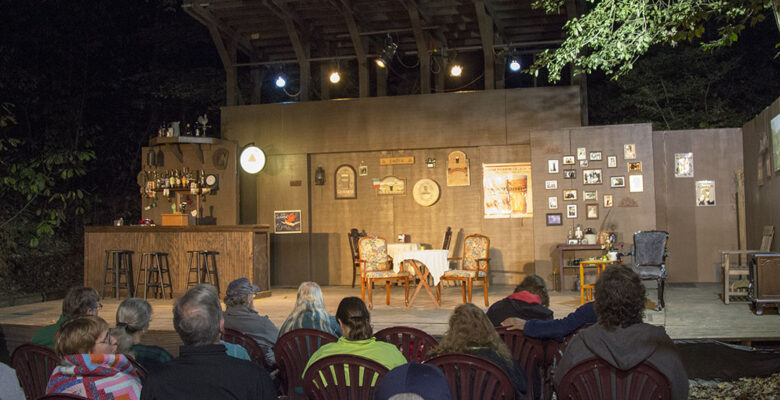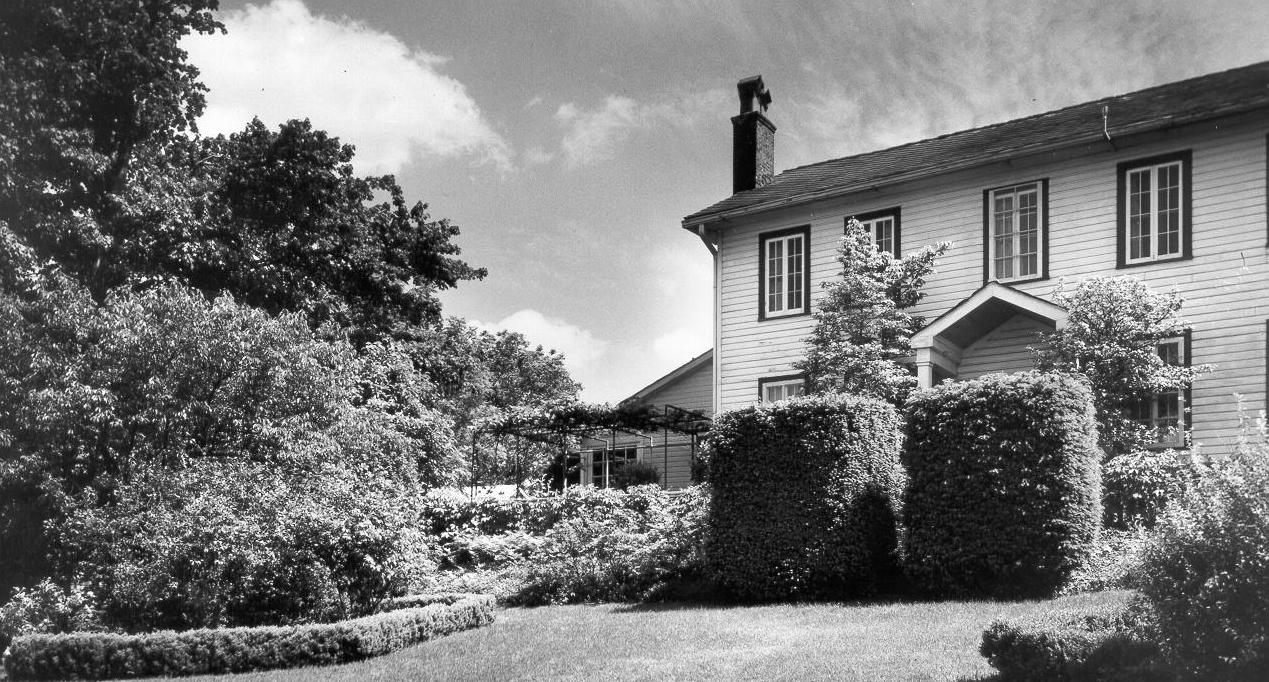
Our History
For 70 years the Alice Ferguson Foundation has provided the opportunity for hands-on, active and direct experience outdoor environmental and agricultural education to hundreds of thousands of urban and under-served schoolchildren from Washington, DC, and the nearby suburbs of Maryland and Virginia.
The story of the Fergusons and Hard Bargain Farm is an opportunity to understand not just an isolated piece of history, but to preserve a full picture of how one couple pioneered the key elements of environmental conservation as we know it today.
Meet The Fergusons
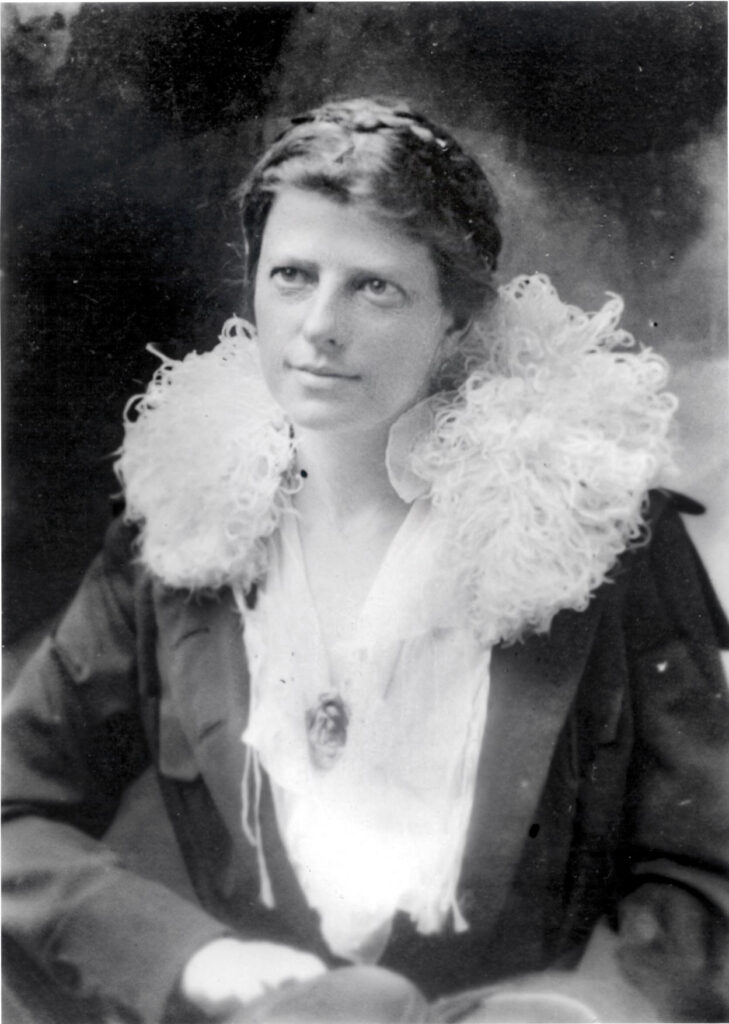
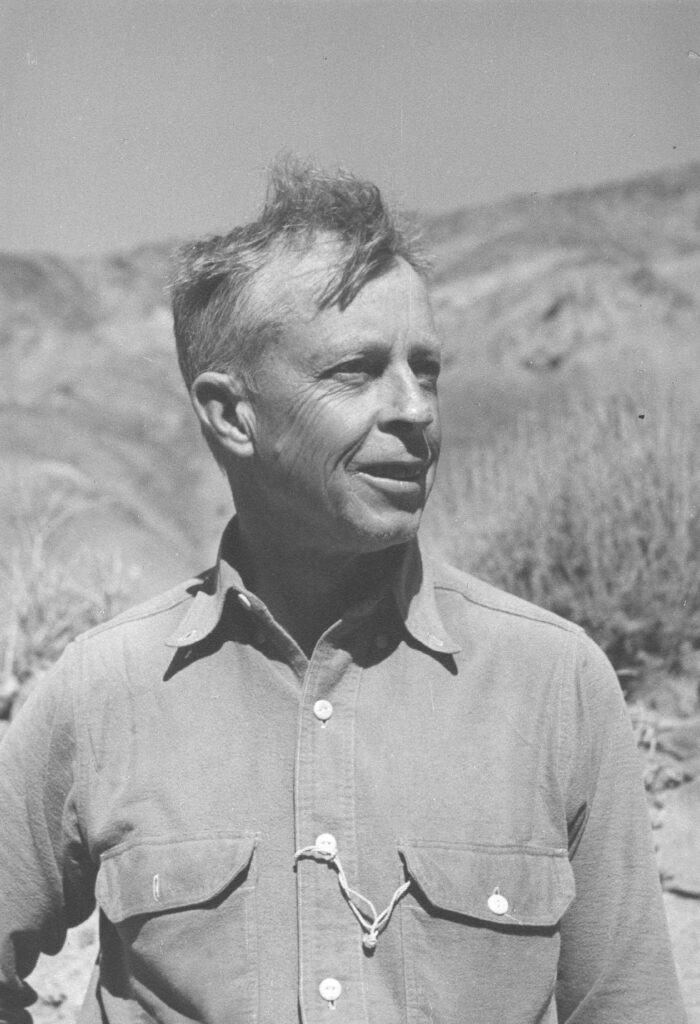
Our Beginnings
In the early 1920s Alice Ferguson (1880-1951), wife of Henry Gardiner Ferguson, was a dynamic, creative artist trained as a painter at the Corcoran School of Art. She began to look for a country property close to the couple’s home in Washington, D.C., and in 1922, bought Hard Bargain Farm, a place that would change the course of her life, transforming it into a unique, remarkable environment that is still alive with the mark of her creative touch.
Henry Ferguson, a well-known USGS geologist, established the Alice Ferguson Foundation in 1954 to steward the farm and lands. In the 1960’s the lower half of the 330 acre property was deeded to the National Park Service to form the central part of Piscataway National Park, which preserves and protects the viewshed from Mount Vernon across the river in Virginia.
A Historical Timeline
1920s
1922: Alice Ferguson (1880-1951), wife of Henry Gardiner Ferguson, was a dynamic, creative artist trained as a painter at the Corcoran School of Art. She began to look for a country property close to the couple’s home in Washington, D.C., and bought Hard Bargain Farm. It was a place that would change the course of her life, transforming it into a unique, remarkable environment that is still alive with the mark of her creative touch.
1923: A log cabin was constructed on the site of a 1 1/2 story frame structure that was taken down. A tent was pitched while the cabin was built. Trees for the cabin came from the clearing for the farm roads. Bricks from the original structure were used to construct the new fireplace and chimney. The farmer’s house was constructed at the same time and added on to later.
1924: The main house was constructed on the site of a two-story frame house that collapsed when efforts were made to restore it for use by the Fergusons. The kitchen wing was built at the same time as the house, the present office wing replaced an open porch in 1927. The living room was originally divided by a partition with an arched doorway. Barn, granary and corn crib were constructed at about the same time as the house.
1927: Henry Xander, Sr. was hired as farm manager. The Foundation’s iconic armillary sphere was placed in the garden.
1930s
Early 1930’s: Henry and Alice Ferguson built an amphitheater in a natural ravine at Hard Bargain Farm. The original stage was merely a half circle of concrete laid in what used to be a gravel pit. For many years, it was used primarily for dances. However, the Fergusons used this place also to gather with friends, dressing up in elaborate costumes and put on spontaneous plays for their own amusement.
1930: Alice commenced archeological excavations along the Potomac River shoreline. Her discoveries, as well as later interpretations of her discoveries made by archeologists from the Smithsonian Institution and the University of Michigan, provided evidence that this area had been occupied by Native Americans for more than 10,000 years.
Also in 1930, outbuildings near the house are visible in photos. The first was a wood shed and tack room, the second housed the freezer or “packaway” and the third was a wash house. Rings where horses were tied are still on the outside of the buildings near the tack room.
1933: The milking barn that students use when they visit was built. The building that is today used as our historic tool museum appears in photos.
1938 or 1939: The statues on the front gate were given to “Fergie” by a family friend, Lenore Thomas (Straus). Lenore was a noted artist and sculpted the friezes at the Greenbelt School. As you face the river, the figure on the right depicts Alice, and the one on the left, Henry Ferguson. The newel post in the hallway was sculpted by Lenore Thomas as well. The statue of Pan in the garden is a generic garden ornament, and baskets of fruit on the gates may be as well. Henry Ferguson told Hank Xander that the sculpture was his likeness as a little boy.
1950s
1951: Alice L.L. Ferguson dies. Shortly after her death, Henry generously donates Hard Bargain Farm to the community.
1954: To commemorate these contributions made by his late wife, Henry Ferguson established the Alice Ferguson Foundation on October 24, 1954 as a non-profit organization, chartered in the state of Maryland.
1960s
1963: The first cooperative agreement between the Foundation and National Park Service was drafted to provide a scenic easement.
1966: Henry G. Ferguson joins his late wife in death.
A loosely gathered group of theater-loving amateurs started the Hard Bargain Players. The Players remained a strong performing group until the early nineties, when activity lapsed until their revival in the early 2000’s.
Also in 1966, the Accokeek Creek Site received National Historic Landmark designation as a result of Alice’s archeological findings in the 1930s.
1967: A full-length wooden stage was added to the amphitheater.
1968: The Foundation transferred ownership of 85 acres between the current farm property and the Potomac River to the National Park Service to ensure its protection from nearby development. The land transfer included the one condition that the Foundation would retain the right to use the land for activities consistent with the Foundation’s educational mission.
1970s
1976: Named after G.B. “Bernie” Wareham, the first Executive Director of the Alice Ferguson Foundation, the Wareham Lodge was constructed in 1976 to be a learning and sleeping space for the students visiting Hard Bargain Farm for day and overnight stays. Over the next 40 years, the Lodge became a beloved space where memories were created, and a home base for the students who went on nature adventures, formed friendships, and explored the farm and its surroundings.
1980s
1989: The Potomac River Watershed Cleanup is founded. The Cleanup has grown from a small shoreline cleanup at Piscataway National Park to a watershed wide network spanning Maryland, Virginia, the District of Columbia, West Virginia, and Pennsylvania. Since its inception, the Potomac River Watershed Cleanup has engaged 150,000+ volunteers, collaborated with 500+ community partners, and most importantly, prevented more than 8 million pounds of trash from entering the Potomac River.
1990s
1996: Bob Bartlett revived the energy of the Hard Bargain Players, evolving into a very successful troupe, reaping many awards within Community Theater of the greater Washington area.
1998: The Alice Ferguson Foundation created the Bridging The Watershed program in partnership with the National Park Service and area schools. This program brought students out into National and state parks to engage student learning, foster personal connections with the natural world, inspire lifelong civic engagement, and encourage students to become environmental stewardship. Since its inception in 1998, this program has engaged more than 70,000 students through science in state and national parks in Maryland, Virginia, and Washington D.C.
2010s
2013: A fully accessible boardwalk, replete with observation stations completed construction, meandering through an emergent wetland thereby complementing the notion of nature as classroom.
2015: The Alice Ferguson Foundation unveils its net-zero impact student center. In keeping with the Foundation’s mission, the building stands in harmony with nature and is used both as a classroom and as a teaching tool.
2016: The Alice Ferguson Foundation developed the Adopt-A-Stream program in partnership with the Department of Energy and Environment and Rock Creek Conservancy.
2017: After more than a year of active use as an educational and meeting space, Alice Ferguson Foundation’s environmental center officially received full certification under the Living Building Challenge™ and joined the list of of the greenest buildings in the world.
Also during this year, the Wareham Lodge closed its doors after more than 60 years of serving as a beloved classroom and overnight space.
2018: The Ferguson Farmhouse received much needed repairs and a fresh coat of paint. We restored rotted window frames, replaced sill rot along the foundation and roofline of the farmhouse and outbuildings, repaired the chimney and replaced bricks damaged in the 2011 earthquake. Some much needed repairs to the stormwater drainage system. This work helps preserve our historic buildings for future generations.
Also in 2018, the Amphitheater received a few renovations including an improved drainage system and new signage. Today, the Amphitheater hosts theater and concert performances, children’s summer camps, and other arts mediums.
2019: Nearly 100 years of age, our barnyard buildings got a much-needed refresh this year, returning it to its original 1930’s blue glory.
Also in 2019, the Adopt-A-Stream program officially moved out of the pilot stage after successful workshops during the prior year.
Historical Photos
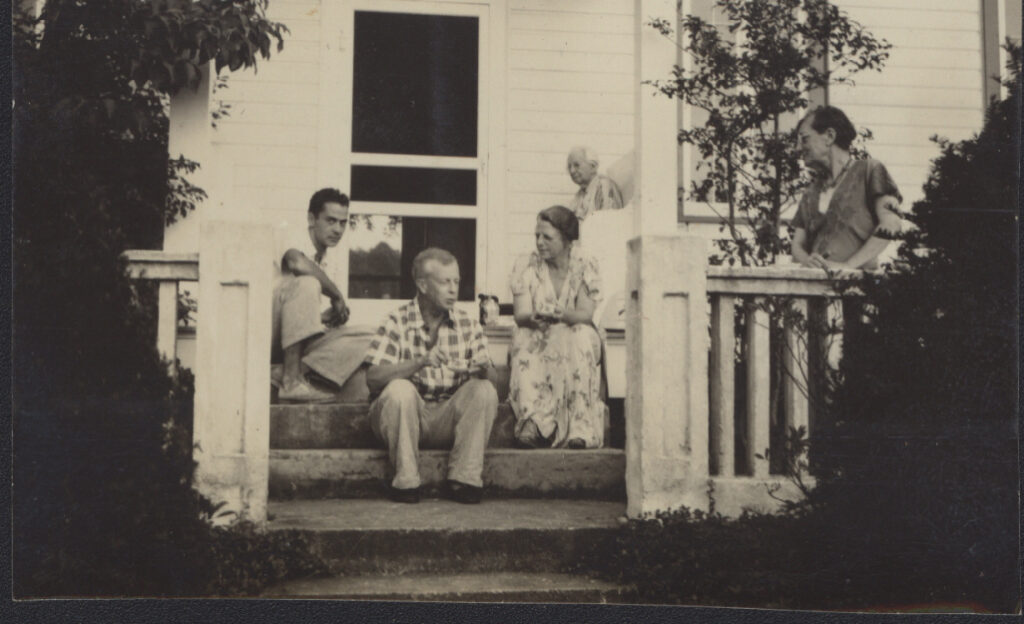
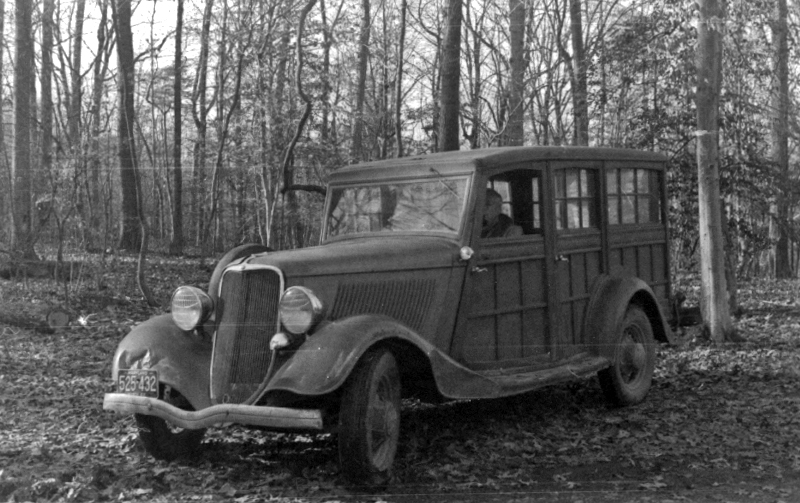
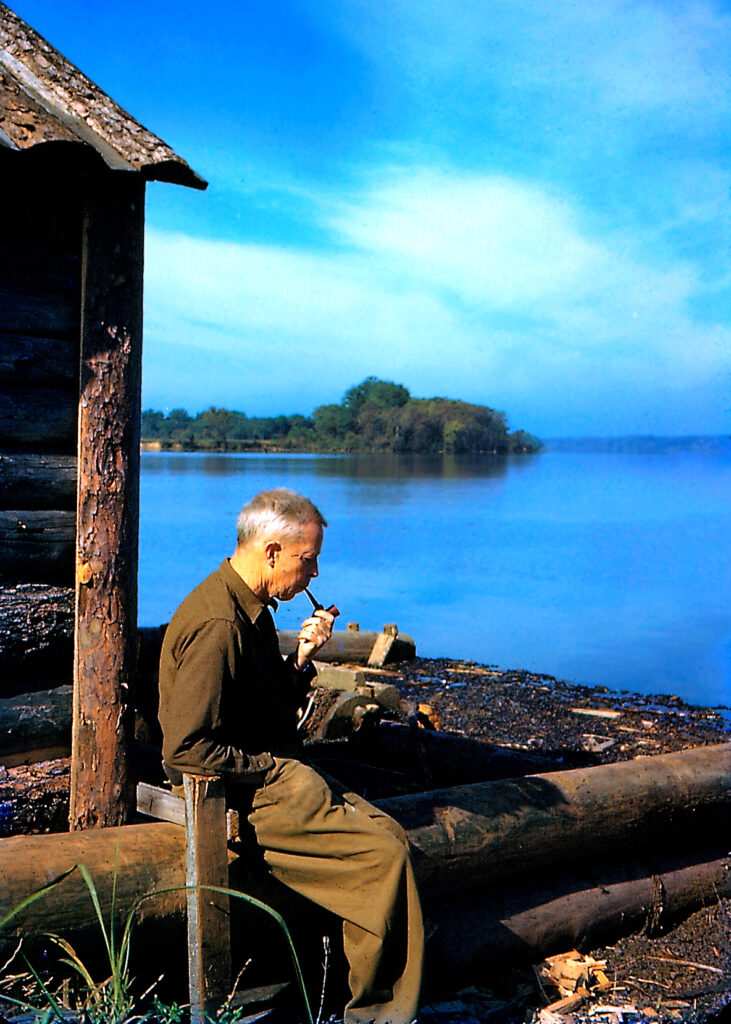
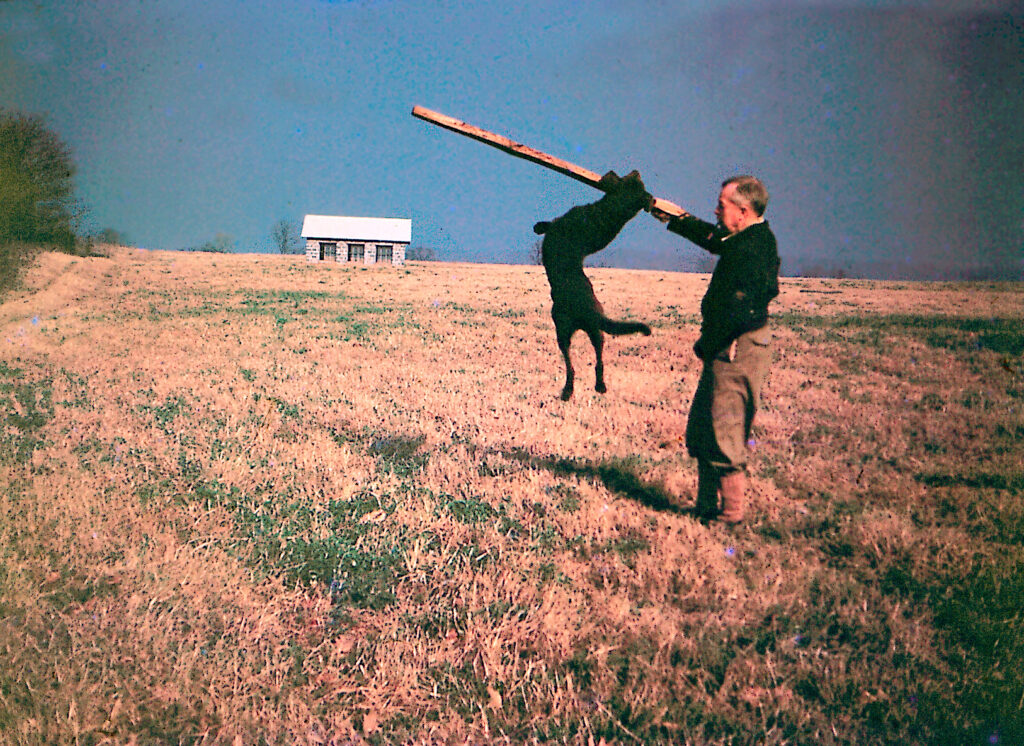
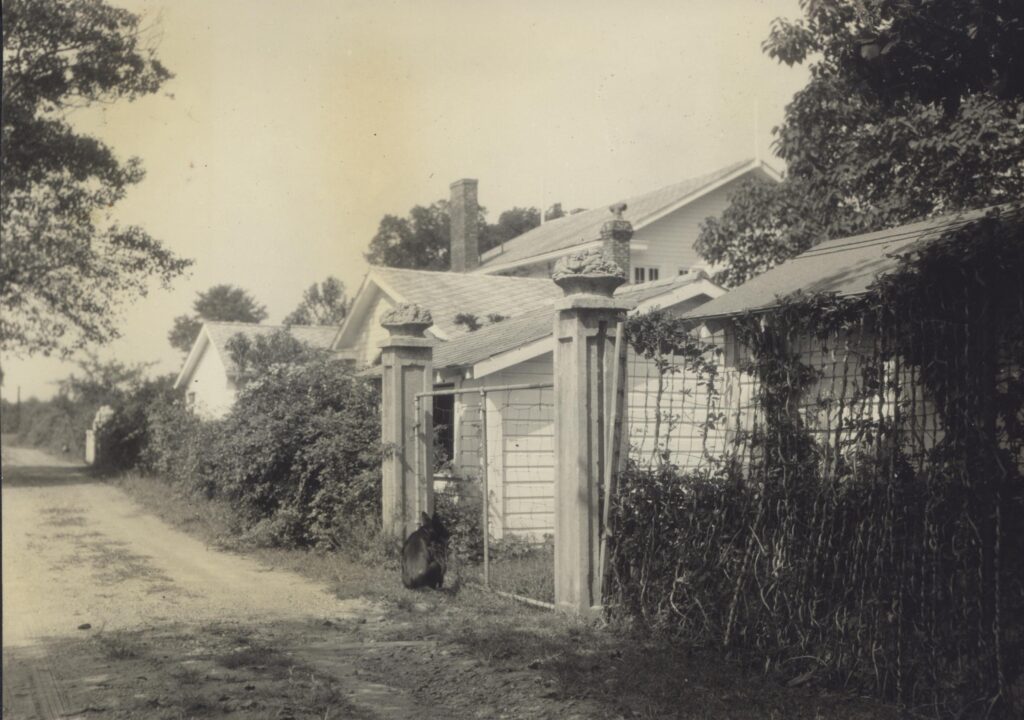
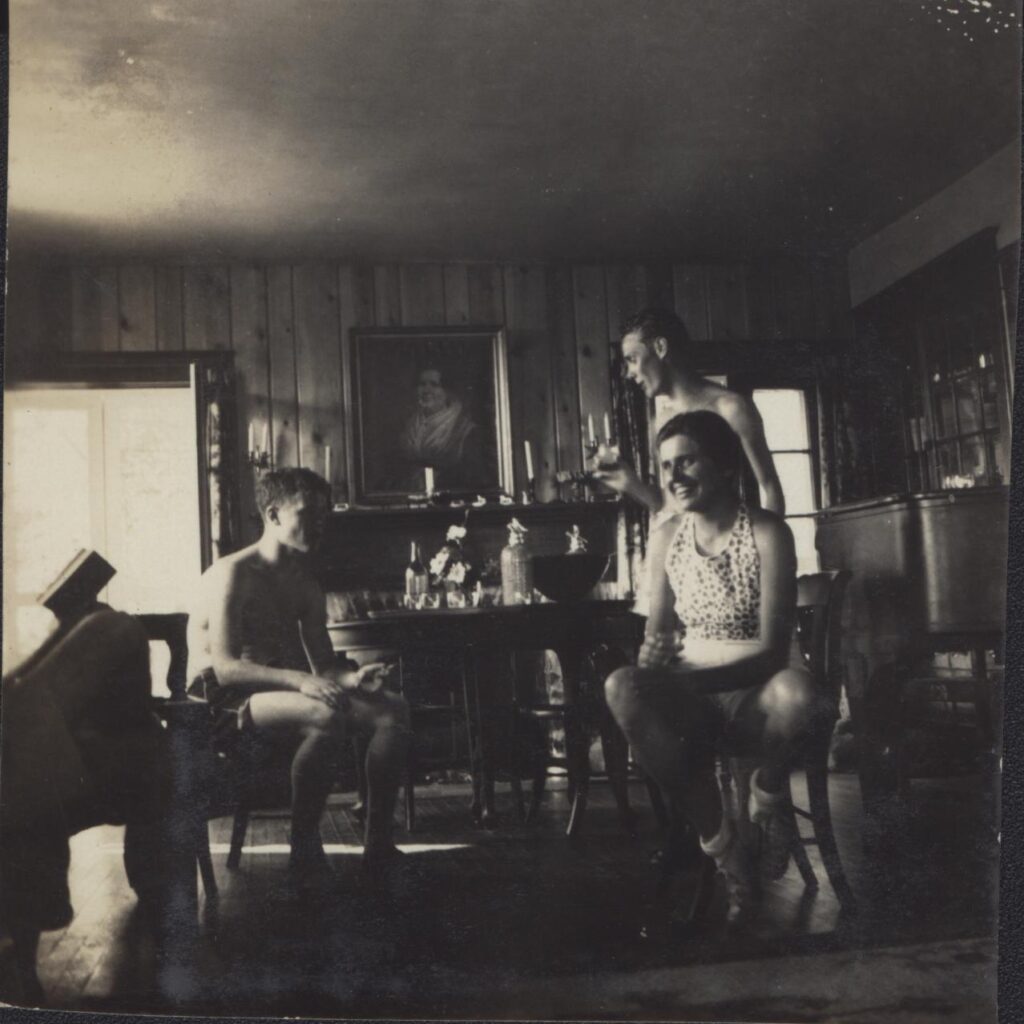
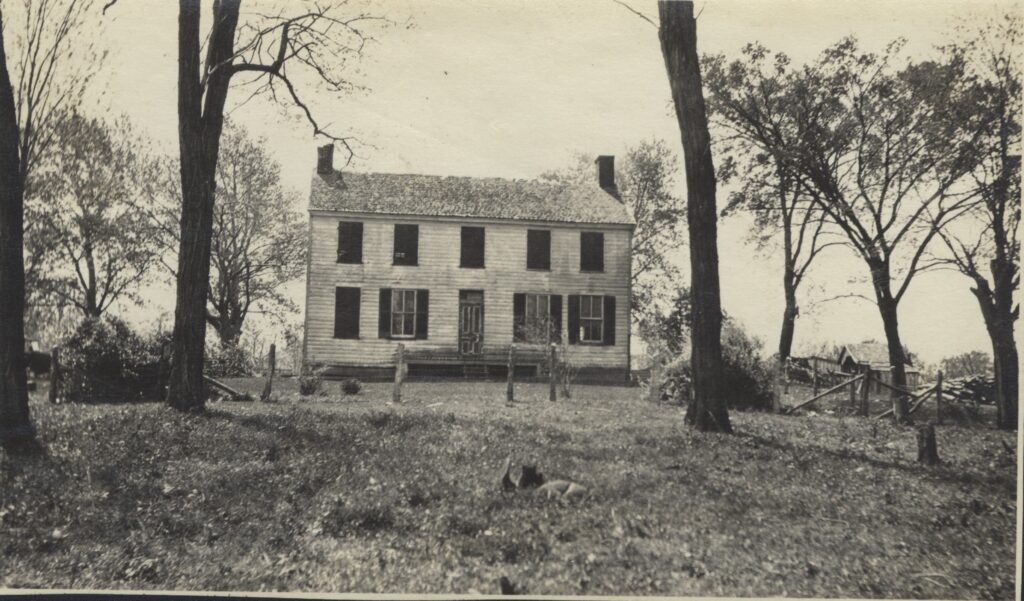
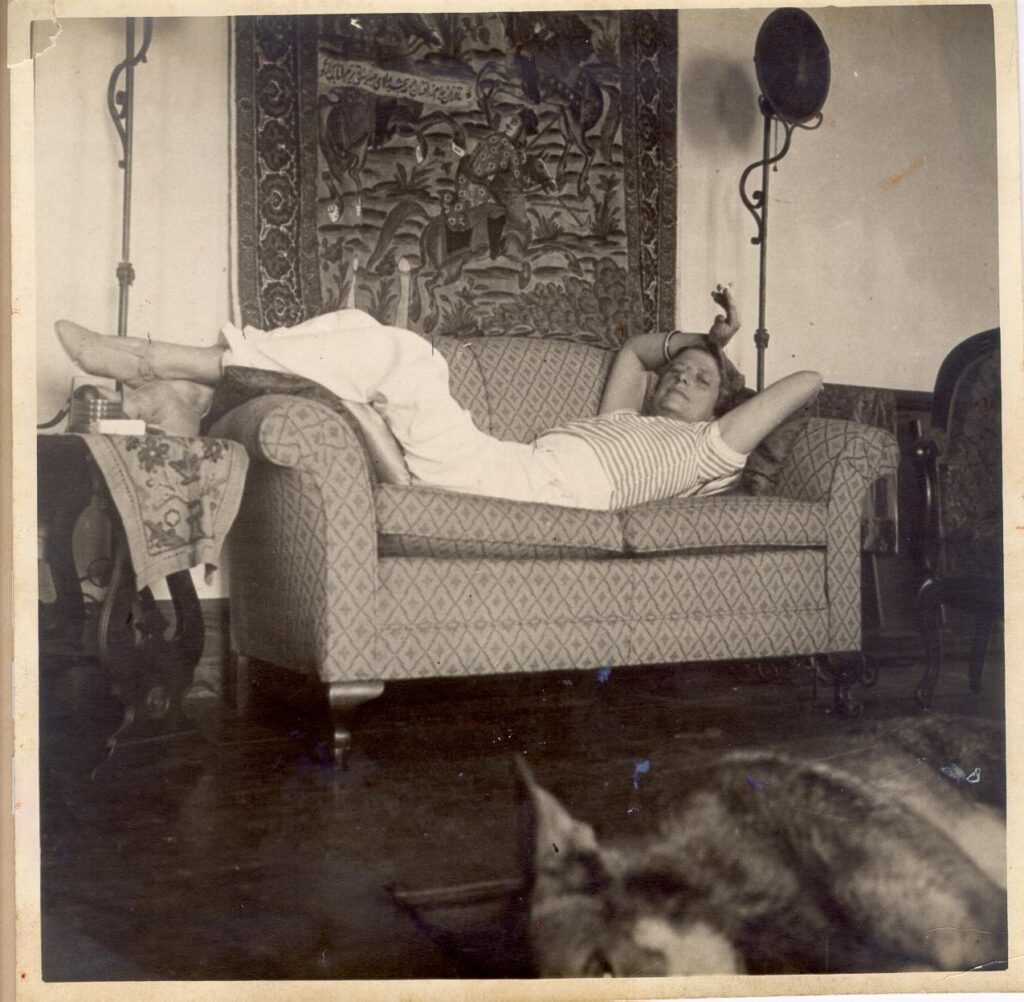
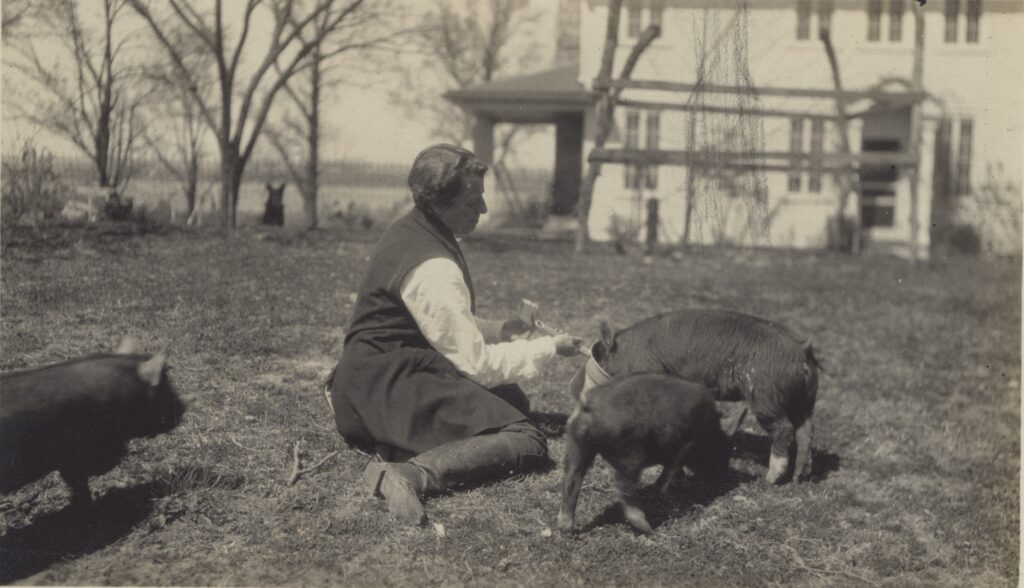
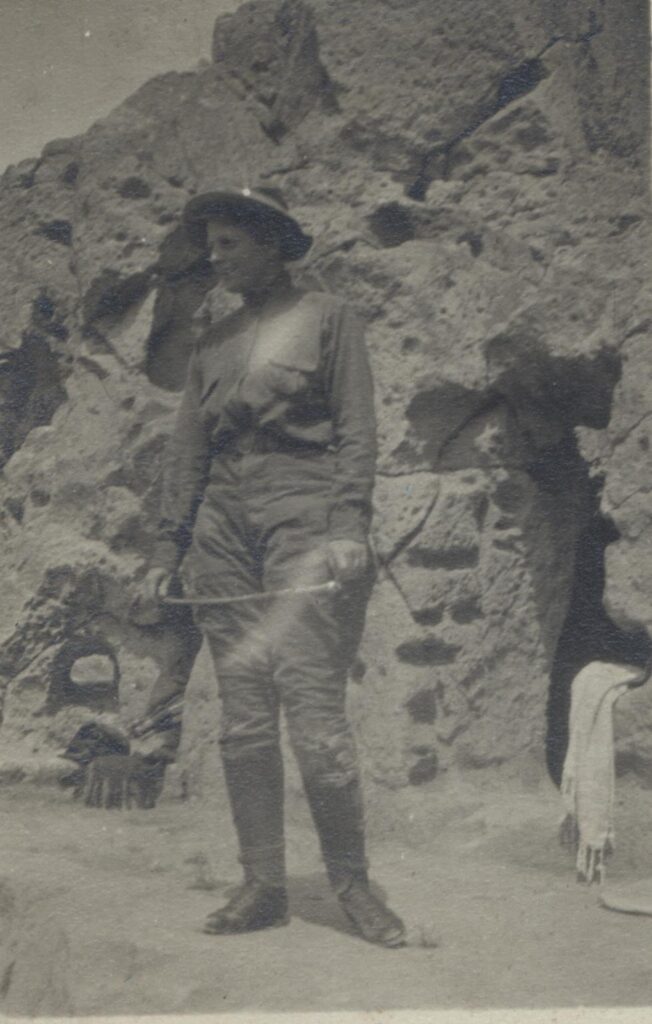
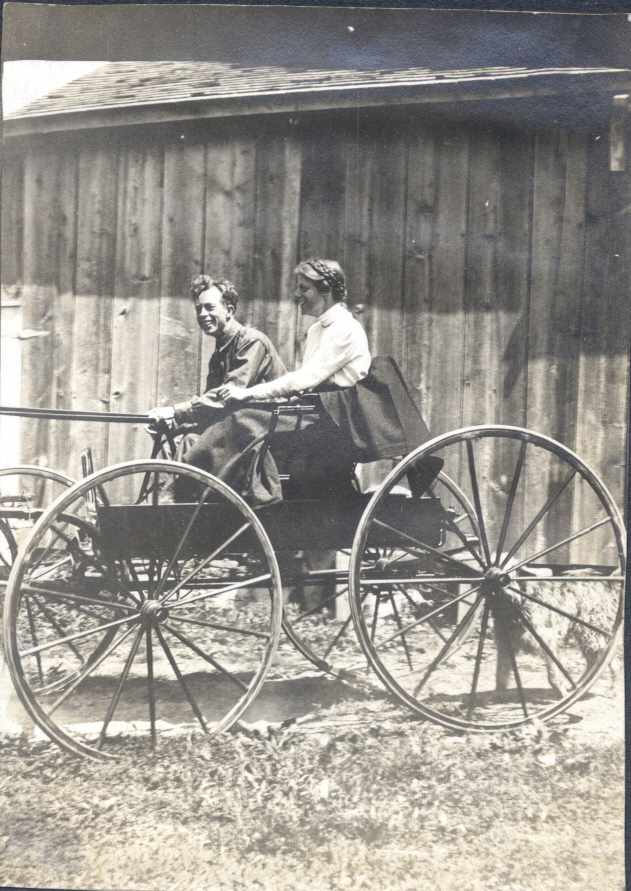
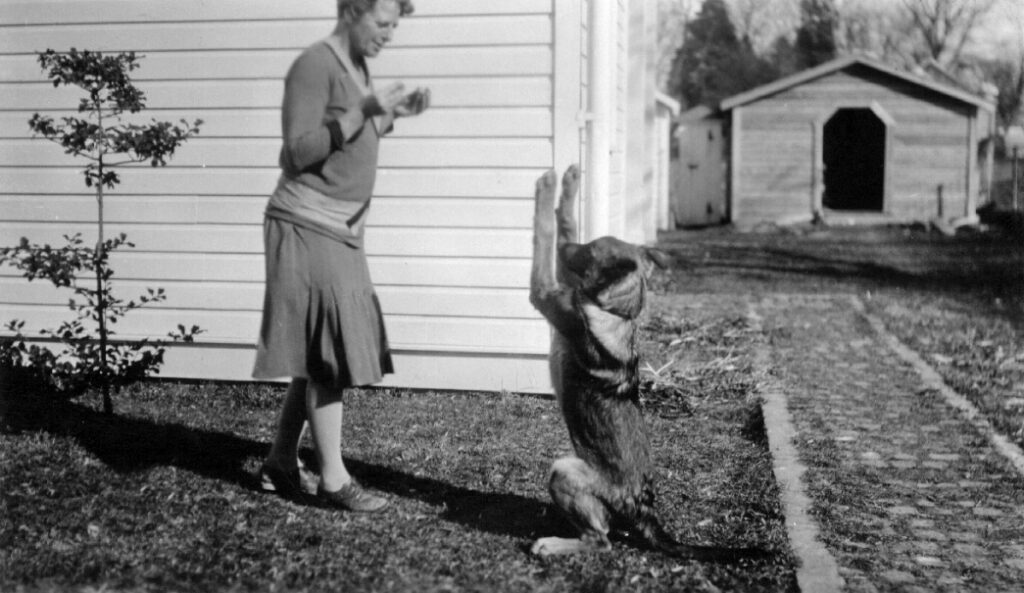
Legacy of the Arts
The Alice Ferguson Foundation’s collections of paintings and sculptures were crafted by Alice and fellow local artists, and our historic farm and outdoor amphitheater is proud to be home for various art programs, live plays, and local concerts.
Under this canopy of leaves, local music and theater come alive at Alice Ferguson Foundation’s historic outdoor spaces. Building on a tradition of gathering with friends to paint and put on amateur plays in the early 1930’s, we are excited to present an exciting season of music, theater and the arts each year.
